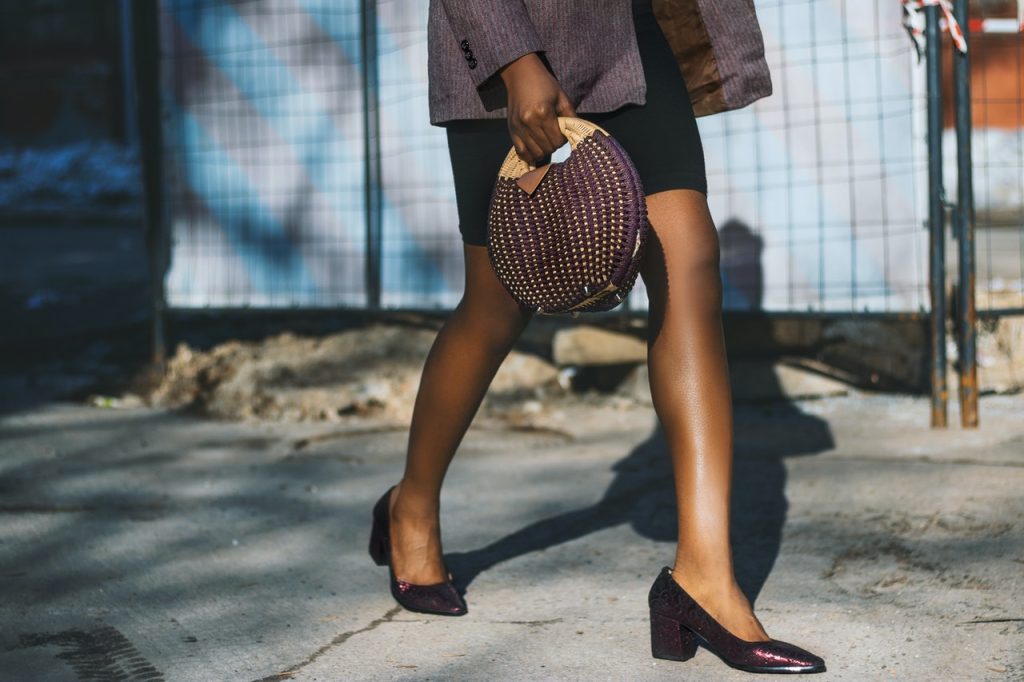
Clubfoot is a congenital condition affecting approximately 1 in every 1,000 newborns. It involves a twisting of the foot at the ankle, causing it to turn downward and inward—resembling the shape of a golf club, which is how the condition gets its name.
Although clubfoot is not typically painful for infants, early treatment is essential to correct the deformity and ensure proper development. Without medical intervention, the condition will not improve on its own and can lead to long-term mobility issues.
Request an AppointmentWhat Causes Clubfoot?
The exact cause of clubfoot is not fully understood. It is believed to result from a combination of genetic and environmental factors. In some cases, it may be associated with other neuromuscular disorders, but often it occurs in otherwise healthy babies.
Recognizing Clubfoot
Clubfoot is usually visible at birth, and in some cases, it may even be detected during prenatal ultrasounds. Key signs include:
- The foot turned downward and inward, often at a sharp angle
- One foot appearing smaller than the other
- Underdeveloped calf muscles on the affected side
- Limited range of motion in the foot or ankle
Clubfoot may affect one or both feet.
Treatment for Clubfoot
The goal of treatment is to correct the position of the foot and prevent future disability. With proper care, most children born with clubfoot can grow up to walk, run, and play without major limitations.
Non-Surgical Treatment (Ponseti Method)
This is the most common and effective initial treatment and typically begins within the first week or two after birth:
- Gentle stretching and casting: The foot is gradually moved toward the correct position and held in place with a cast.
- The cast is replaced weekly, each time gently adjusting the foot closer to proper alignment.
- After several weeks, when the foot is in a better position, a minor outpatient procedure (a heel cord release) may be done to lengthen the Achilles tendon.
- Once the foot is corrected, the child must wear a brace (boots and bar) full-time for several months, then at night for a few years to maintain the correction.
Surgical Treatment
In more severe or resistant cases, surgery may be necessary to adjust the tendons, ligaments, and joints. This helps align the bones and allows for more natural movement. After surgery, the child will wear a brace to prevent the deformity from returning.
When to See a Specialist
If your newborn shows signs of clubfoot, consult a pediatric orthopedist right away. With early and consistent treatment, children with clubfoot can lead active, healthy lives.